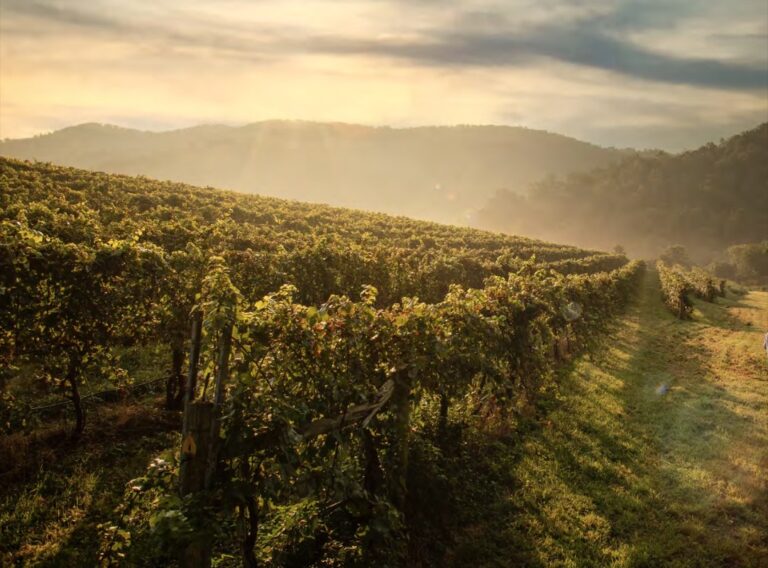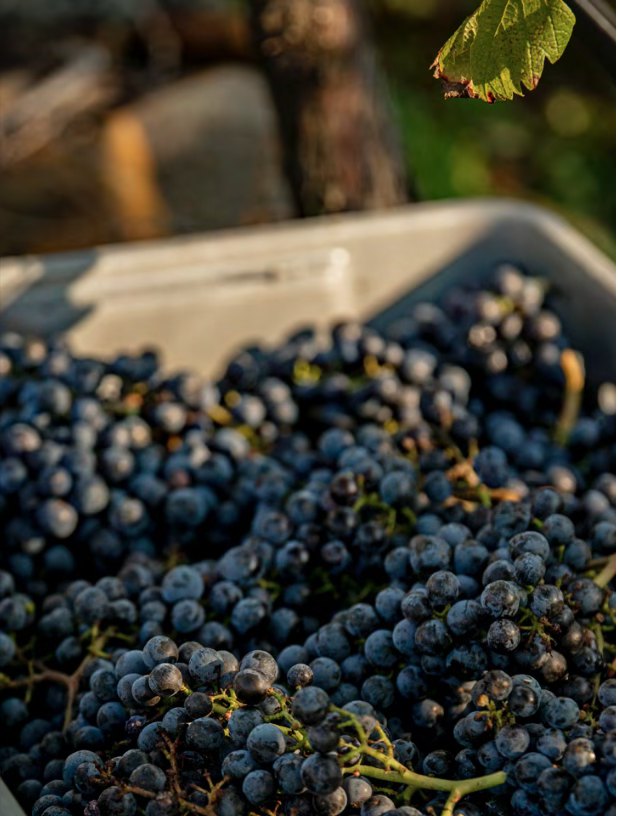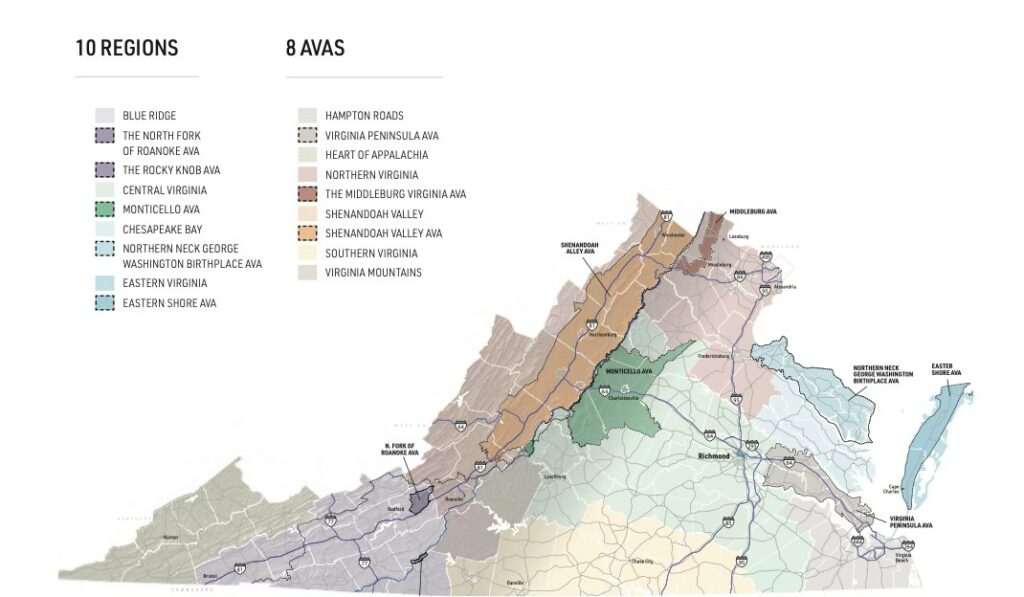
Virginia 2025: A Demanding Yet Promising Vintage
Virginia 2025: A Demanding Yet Promising Vintage
The 2025 harvest season in Virginia unfolded as a story of contrasts a year of challenges, adaptation, and, ultimately, reward. Spanning from early summer through late September and into early October, the vintage tested the resilience of growers across the state but concluded with fruit of impressive quality and distinctive character.

Budbreak came early, around the end of March, slightly ahead of the historical average. A brief cold snap in early April brought minor frost damage in parts of Central and Eastern Virginia. Bloom began around May 10 under stable, dry conditions. Yet from early June through the first week of August, weekly rainfall and persistent morning dew created near-perfect conditions for downy mildew, forcing producers into an exhausting routine of vigilance and intervention.
At Barboursville Vineyards, winemaker Luca Paschina describes the season as “unpredictable, provocative, demanding, rewarding, stellar.” During the wet period, his team carried out six hedgings, two leaf removals, and a green harvest to reduce cluster load and manage vigor, hoping for a return to drier conditions.
That long-awaited shift finally came by mid-August. Skies cleared, temperatures climbed steadily, and a warm, dry pattern extended through late September. Early-ripening varieties such as Moscato and Sauvignon Blanc were picked in mid-August between bouts of rain, while late varieties like Cabernet Sauvignon reached ideal ripeness by September 26, just before another round of moderate rainfall.
Further north and at higher elevations, where ripening naturally runs later, producers enjoyed continued dry conditions into early October, allowing gradual, balanced ripening. Across the state, yields were described as moderate, and fruit quality excellent, a vintage that rewarded patience, timing, and precision in vineyard management.
Still, many growers emphasize the uneven nature of the year. According to Karl Hambsch, of Loving Cup Vineyard & Winery, “We had a dry spring, a wet summer, and a dry fall. Consequently, early varieties range from lackluster to good, while later ones are good to great. Because of the fruit degradation we experienced from the mid-summer rains, we couldn’t hang the late fruit long enough to take advantage of the beautifully cool, dry September and October.
Despite those challenges, Karl Hambsch notes that abundant sunshine during bloom led to excellent fruit set and above-average cluster weights, with berry chemistry remaining close to long-term norms. “If I had to define 2025, I’d say fresh and vibrant, but inconsistent. That’s just us, we’re mostly early varieties. But I expect some stunning late-ripening Virginia reds will come from this vintage.”

Taken as a whole, the 2025 vintage in Virginia stands as a testament to perseverance and adaptability. It encapsulates the dual nature of East Coast viticulture, unpredictable yet full of promise and demonstrates how precision, experience, and resilience can turn a demanding season into a harvest of genuine potential.
A new threat: The Spotted Lanternfly Threat…
Yet this promising vintage unfolds against a backdrop of mounting environmental pressure. The spotted lanternfly, an invasive insect now well established in northern Virginia, has become a growing concern for winegrowers. Feeding on vine sap and excreting a sticky residue that promotes fungal growth, the pest weakens vines and can cause yield losses estimated at up to ten percent in heavily affected areas.
In response, Virginia’s producers have intensified their vigilance adopting more frequent monitoring, targeted treatments, and refined canopy management. Education efforts within the local farming community have also expanded, aiming to contain the pest’s spread and protect vineyard health in the long term.
